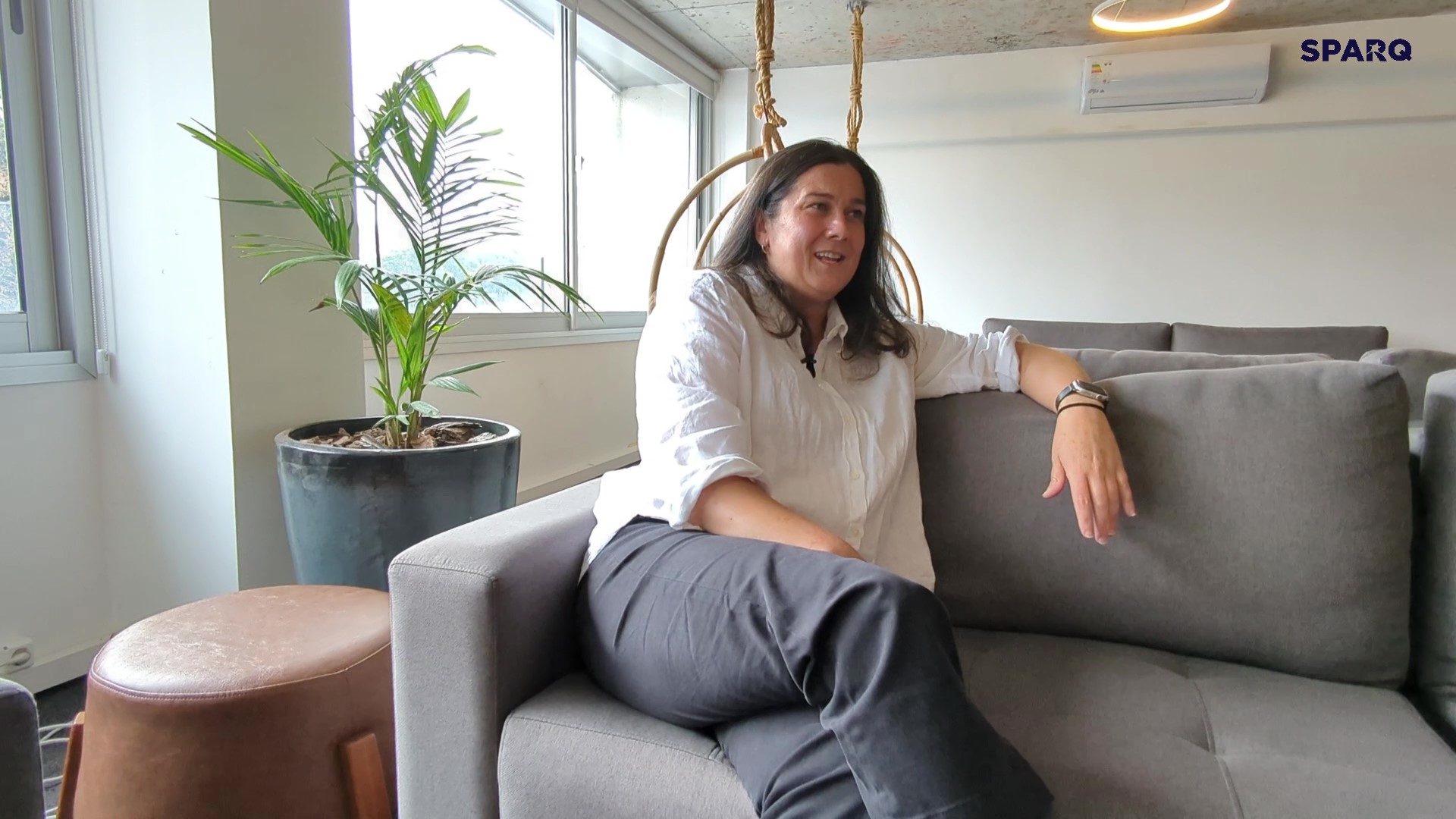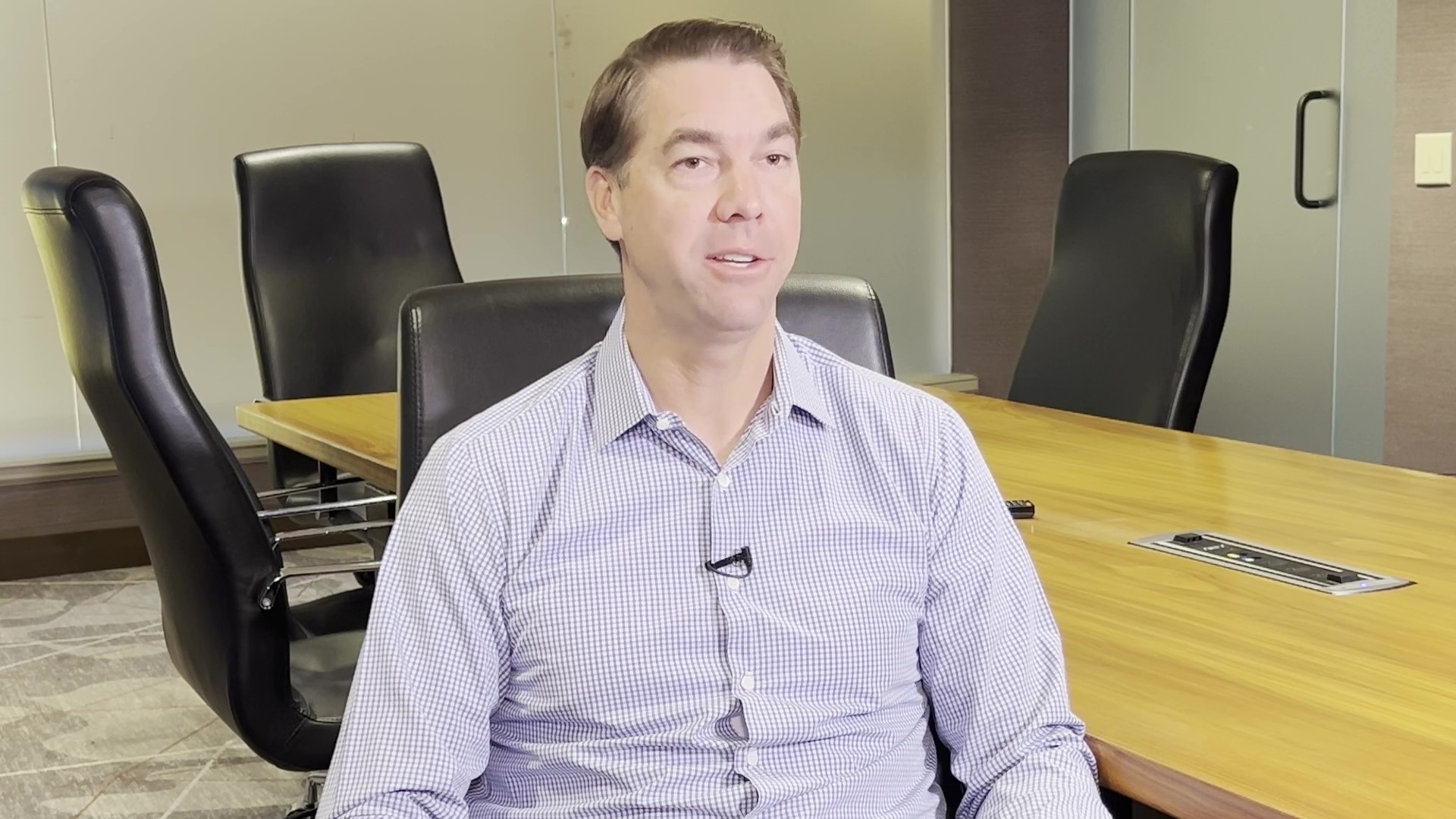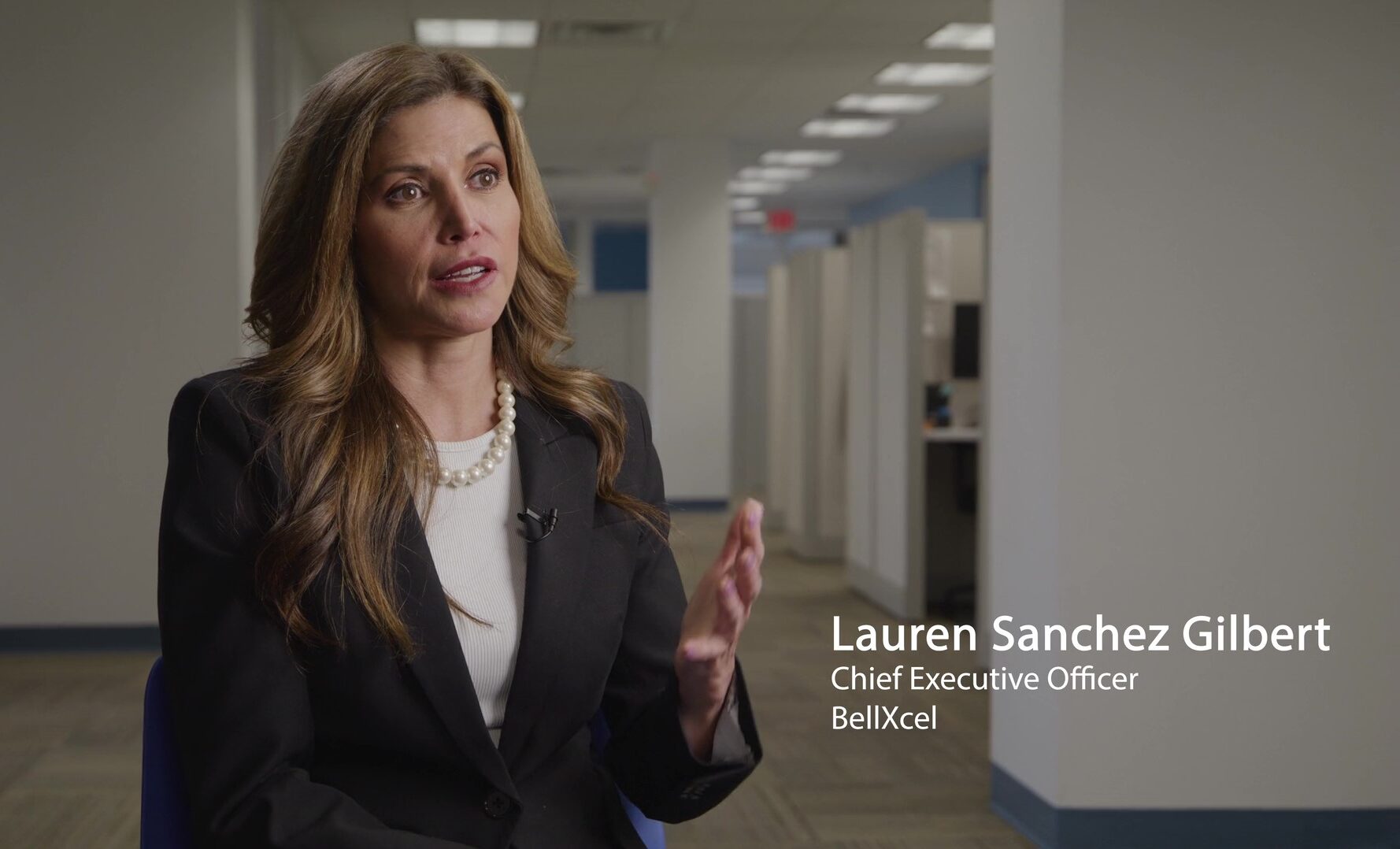Not taking a quality approach from the beginning can have severe consequences on the engineering process. You’re more likely to accrue tech debt and you won’t be able to focus as much on implementing new features. In this Tech in 2, Senior Consultant Nickalous Fulton shares three keys to successful quality engineering.
If you’re having a quality approach from the beginning, when you’re building something, then as time passes you’re going to be able to build on that very easily. You’re not going to accrue so much technical debt and you’re able to put much more focus on implementing new features.
Foster Engagement
Whenever you’re trying to encourage a quality engineering culture, the biggest thing you’re wanting is participation and engagement from anybody that’s involved in what you’re doing.
If you’re in a meeting then you know you should feel empowered to speak up on any concerns or questions you may have. Sometimes you may not necessarily understand something, but that’s okay. Go ahead and ask that question, because you’re just ensuring that you have the proper understanding of what’s going on.
Seek New Perspectives
Working in software, people come from a lot of different backgrounds. Just because you’re working as a business analyst, or a QA, that doesn’t mean that you also haven’t worked as a developer. You know people come and have very broad skill sets. Let them be involved in processes and meetings that they normally wouldn’t be. You can encourage them to wear a couple different hats. One of the keystones of quality engineering is encouraging people to contribute in any way that they can.
Integrate Resiliency Throughout
Whenever you try to integrate more resiliency from the beginning design, going forward that’s going to make things a lot more testable and sustainable on their own.. Whenever deep defects come about, you’re going to have a much quicker and better understanding of their origin and cause.
The end result of this would be a more uniform organization. You’re going to have a smoother transition and better throughput from your design, to your implementation, and to your certification. Which results in a much better delivery to the stakeholders and end user.

zSpace Client Showcase
zSpace is a tech company that provides immersive learning experiences using virtual and augmented reality. In this client showcase, Jill Donnelly, Director of Strategic Initiatives at zSpace, discusses why they chose to work with Sparq (after interviewing over 20 potential partners!) and how invaluable our "team perspective" has been to their organization.

AI in UX
For Principal Consultant and UX Design Lead Joe Dallacqua, how to utilize AI in UX is a conversation he’s having every day. In this Tech in 2, Joe shares three ways he’s seeing AI help UX designers become not only more efficient, but more creative as well.

Personalization in Insurance
With so much data at their fingertips, insurers have an exciting opportunity to create a more personalized customer experience. In this Tech in 2, Client Partner John Suminski discusses how when data and the right technologies come together, this synergy can create highly personalized products and pricing.

BellXcel Client Showcase
BellXcel is a nationally-recognized nonprofit that empowers youth program providers with innovative solutions, services and resources that create meaningful impact. Learn how we partnered to build key functionality for the Arly platform, which has successfully reached over 100,000 scholars.
